The Best Mold Removal Spray + DIY Mold Spray
This post may contain affiliate links. Read our full disclosure.
At least once in your life you will find yourself dealing with mold growth in your home. It’s inevitable as leaks happen to even the most diligent of us. On top of that, most people fail to practice proper mold prevention and end up with small amounts of bathroom mold, especially shower mold and toilet mold.
When you practice proper mold prevention you likely will not end up with a mold situation. If you catch the leak in time, you may not end up with mold growth either. But what happens if you do find a small patch of mold somewhere?
What is the best mold remover product?
It depends! Some products are meant to use on indoor mold. Some should only be used on outdoor mold. Some mold removers require no scrubbing. Some require a lot of scrubbing. Some are spray and walk away. Others need wiping off or rinsing. Some products are meant just for removing mold from caulk or tile grout.
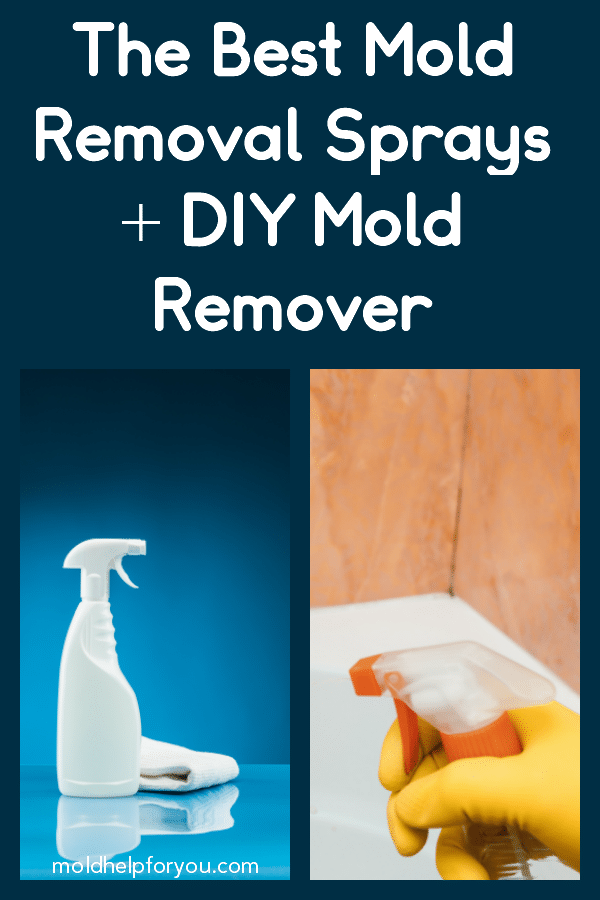
Do Not Be Fooled By Mold Remover Products With Biocides
A biocide is defined in the European legislation as a chemical substance or microorganism intended to destroy, deter, render harmless, or exert a controlling effect on any harmful organism. The US Environmental Protection Agency (EPA) uses a slightly different definition for biocides as “a diverse group of poisonous substances including preservatives, insecticides, disinfectants, and pesticides used for the control of organisms that are harmful to human or animal health or that cause damage to natural or manufactured products”. When compared, the two definitions roughly imply the same.
There are many kinds of biocides available because no biocide is 100% effective against all bacteria, molds or viruses. Biocides are not cleaning agents. If a biocide is used to “kill mold” the dead mold will still remain on the treated surface and can cause a whole host of problems.
Biocides are a multi-billion dollar industry. Yes, you read that right. Multi-billion dollar industry.
Many of the products sold as biocides/antimicrobials/fungicides are more dangerous than the mold and its byproducts. Some reasons why biocides are not recommended for indoor mold control or remediation include:
- Allergenic mold spores and mycotoxins do not require the mold to be alive to be a health hazard.
- Biocides may not be completely effective against indoor molds. Most biocides were designed to kill infectious bacteria in hospitals and other high-risk environments. Many biocides that work well against bacteria are essentially useless for the control of fungi.
- Many biocides are water based and the active ingredients evaporate quickly. You’ve just added water to a water problem. Spores will settle on the dampness you leave behind, eat the dead mold you didn’t remove, and grow right back again.
- Most biocides that would be effective against mold are highly toxic and if used in indoor environments may pose serious health effects to the occupants.
Current mold remediation guidelines such as those by the American Industrial Hygiene Association, New York City Department of Health and US Army also do not recommend use of biocides in mold remediation. The U.S. Environmental Protection Agency (EPA) does not “approve” biocides for mold remediation applications (although they have approved specific biocide products) and cautions against using these in ventilation systems. Here are more specifics from several agencies:
Environmental Protection Agency
The purpose of mold remediation is to remove the mold to prevent human exposure and damage to building materials and furnishings. It is necessary to clean up mold contamination, not just to kill the mold. Dead mold is still allergenic, and some dead molds are potentially toxic. The use of a biocide, such as chlorine bleach, is not recommended as a routine practice during mold remediation.
With traditional methods of mold remediation, it is not possible or desirable to completely sterilize an area; a background level of mold spores will remain in the air (roughly equivalent to or lower than the level in outside air).
Traditional disinfectants or biocides require that the area is always ventilated. Outdoor air may need to be brought in with fans. However, fans can potentially distribute mold spores throughout an unaffected area. In addition, understand that biocides are toxic to humans, as well as to mold.
American Industrial Hygiene Association (AIHA)
Are biocides required or useful in remediation projects?
Biocides are disinfectant chemicals used to kill germs in order to prevent infections resulting from contact with these materials. In most mold remediation, biocides are of limited use in remediation of indoor mold contamination for two main reasons:
1) The adverse effects caused by mold (other than infection) are due to metabolites present in their spores and secreted into the materials upon which molds have grown. The application of biocides may kill mold spores but it does not necessarily eliminate these metabolites. The only sure way to do this requires the physical elimination of mold and moldy materials by thorough cleaning or removal of the affected materials.
2) Most commonly used biocides do not kill molds effectively. Active fungal growth on a surface may produce a spore density of one million spores per square inch. As such, if the underlying moisture problem is not resolved, mold growth may re?occur.”
NYC Department of Health
The use of gaseous, vapor?phase, or aerosolized biocides for remedial purposes is not recommended. The use of biocides in this manner can pose health concerns for people in occupied spaces of the building and for people returning to the treated space if used improperly. Furthermore, the effectiveness of these treatments is unproven and does not address the possible health concerns from the presence of the remaining non?viable mold.”
US Army
The US Army is weighing in on the war on mold, outlining for its facility managers, custodians and others how to prevent and remediate mold contamination.
In a 20?page guide issued earlier this year, the Army, among other things, recommended against the use of bleach and biocides, as well as against the use of chlorine dioxide for remediation. “The use of bleach or other biocides is questionable in most cases,” the Army manual states. “Removal of all mold growth can generally be accomplished by physical removal of materials supporting active growth and thorough cleaning of non?porous materials. Therefore application of biocides serves no purpose.”
As to the use of chlorine dioxide, the Army stated:
The compound is highly toxic and contamination of occupied space may pose a health threat. Furthermore the effectiveness of this treatment is unproven.”
Army researchers developed their guidelines partly by using research and data from the US Environmental Protection Agency (EPA), Institute of Inspection, Cleaning and Restoration Certification (IICRC), American Conference of Governmental Industrial Hygienists, the New York City Department of Health and the American Industrial Hygiene Association.
When Should Biocides Be Used?
Biocides should only be used when bacteria is a concern. This could be a water event such as a flood, a sewage leak or, in certain circumstance involving individuals with compromised immune systems. We used a biocide when our wastewater line exploded and flooded our kitchen with some seriously stinky and disgusting stuff.
An Important Note About “No-Scrub” Products
In order to remove mold you have to physically remove it. Removing it requires elbow grease. This means scrubbing, sanding, or cutting out pieces of moldy building material. You can’t get around this. If a mold remover product claims that no scrubbing is necessary, it likely means that there is a bleaching agent involved or something akin to bleach. Not only does this mean that the product is toxic but it won’t actually remove the mold. Check out my post on Does Bleach Kill Mold for more information.

Mold Removal Isn’t About Killing Mold
Mold removal is about removing mold and fixing the water problem or leak. Even if you “kill it,” dead mold is still allergenic and potentially toxic, according to the EPA. Leaving behind dead mold doesn’t do you any good.
What About DIY Mold Spray?
Ahhhh….DIY mold spray. Goodness. Conduct an internet search and let that poop show begin. Every DIY, natural living, green living, and homesteading blogger on the internet has a DIY mold spray recipe to share. And every single one of them 100% work according to them.
Sigh.
I’ll try not to get on my high horse and go down a big ol’ rabbit hole here. After all, I do have a natural living website myself but I am very careful about making broad claims about anything.
Back to DIY mold sprays.
I’m not trying to be a bully here. But unless you have actually been through a huge mold event and lost EVERYTHING, are a certified mold inspector, or are something akin to a true mold expert, you need to be every careful about the claims you make regarding a DIY product that kills mold. An ineffective formula could end up killing an entire family.
You are probably thinking that I am very against the DIY approach to mold removal. Well I kind of am but not because I think everyone is incompetent. Shoot – plenty of mold remediation companies are dumb as dirt. I am against it because I want everyone to SURVIVE mold. DIY mold anything is risky, exposing yourself to toxins you don’t need more exposure to, and in some cases downright deadly. I want everyone to have the best shot at removing moving, preventing mold, and moving on from mold.
As such, there are not a lot of DIY mold sprays that I can wholeheartedly recommend. I’m distrustful of essential oils for mold and these sprays rely on essential oils as the “mold killing” ingredient.
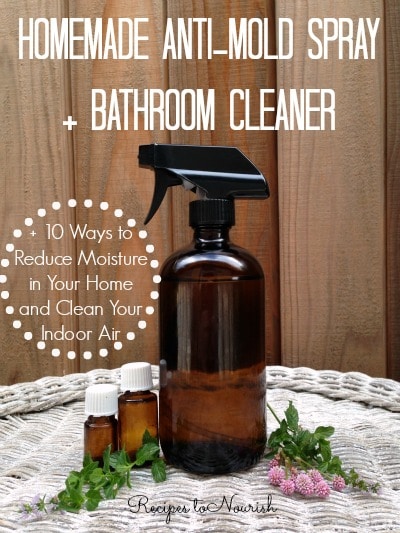
My dear friend Emily at Recipe to Nourish has a great Homemade Anti Mold Spray & Bathroom Cleaner. She is careful not to make claims about this spray and she has personally used it for years to combat new mold growth in the shower. This spray works great as a preventative and also eliminates new mold growth with a little elbow grease.
As for other mold killing sprays – well – take them with a grain of salt. The bottom line is that no matter what you use to remove move, you always have to add in elbow grease.
Below Is An Inclusive Buying Guide To Mold Removal Sprays To Help You Out With Your Selection.
These products were designed to HELP YOU remove mold and mildew. These are currently the most popular mold remover sprays and mold killing sprays on the market. Some but not all do not contain any harmful components. With the exception of a few products which I make a note of in the post itself, I have personally tested each and every product on active mold growth thanks to the help of willing friends and neighbors.
I hope this mold removal guide helps you make the right selection for your mold removal project! Click on any product you are interested in to read the full review.
This EASY DIY liquid laundry detergent to remove mold will change the way your do laundry forever. You will feel great, your clothes will be mold free, and your pocketbook will thank you!

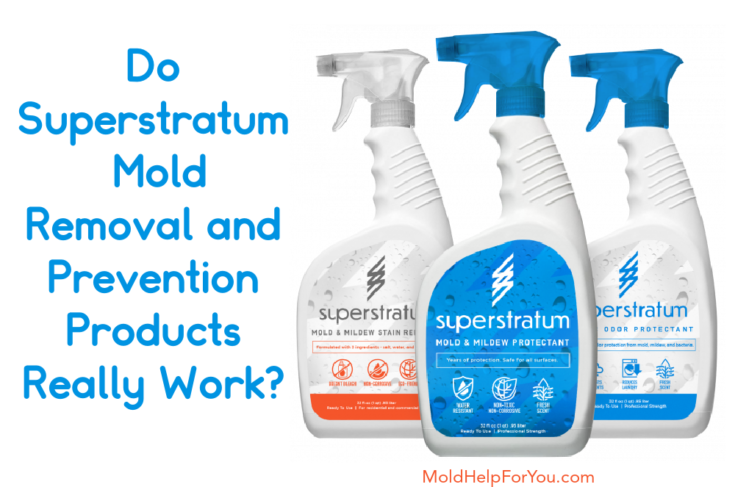
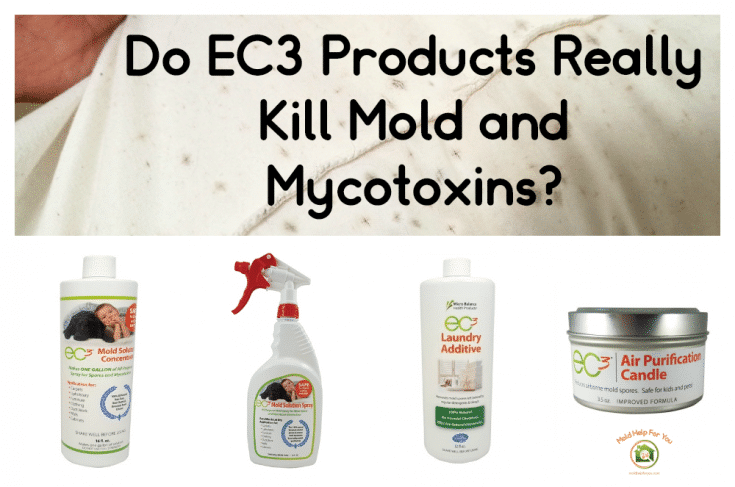
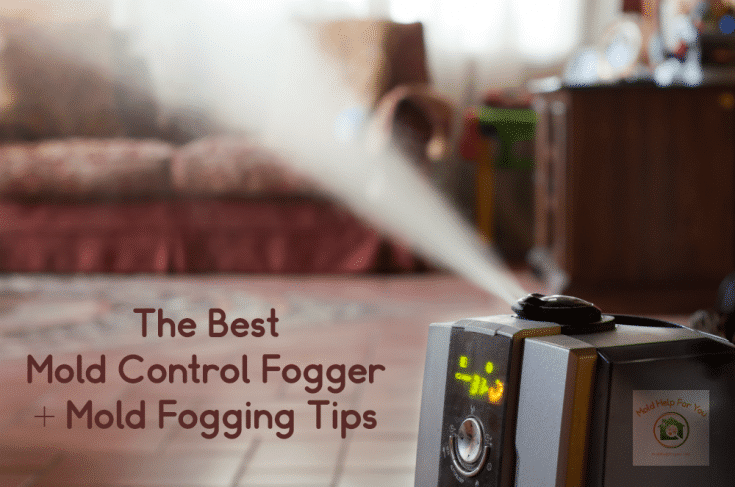
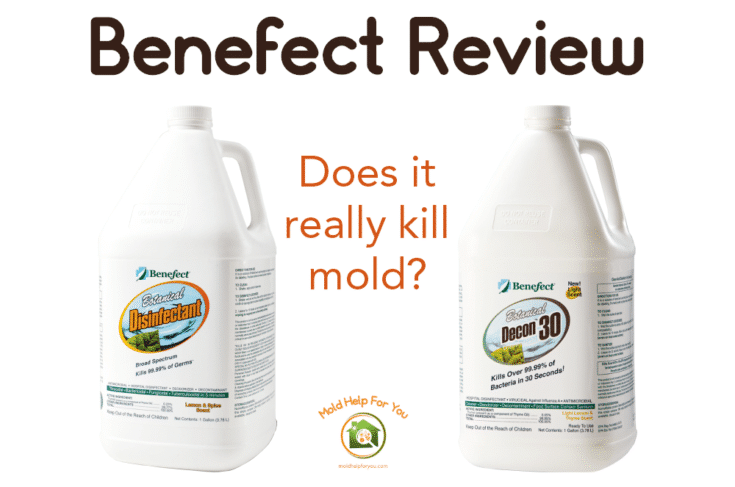
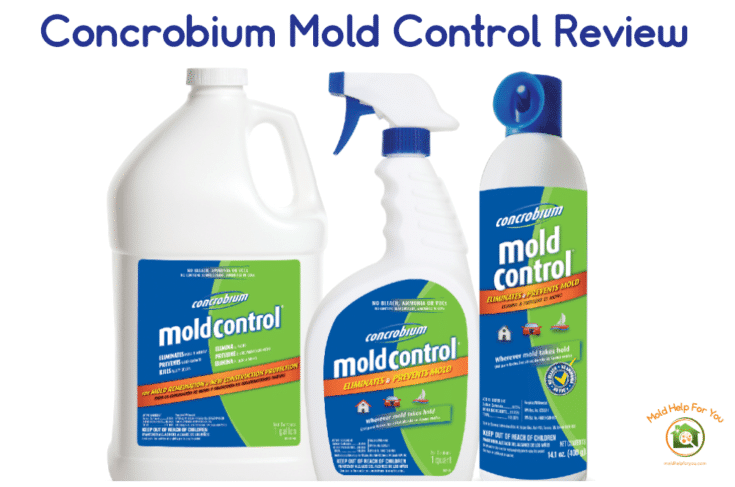
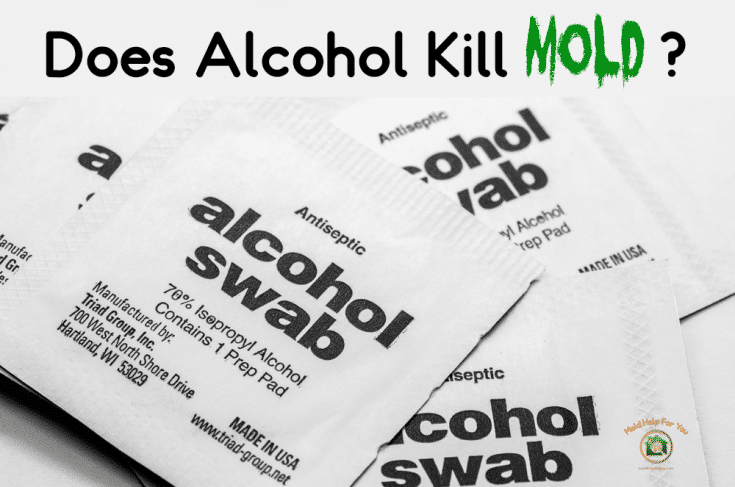
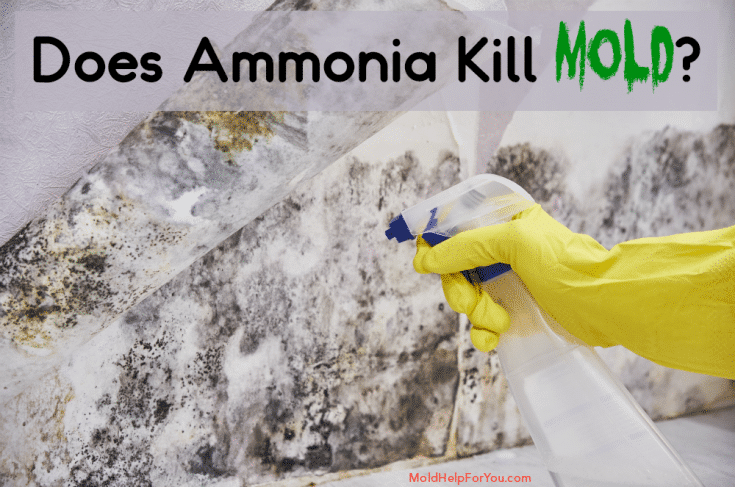
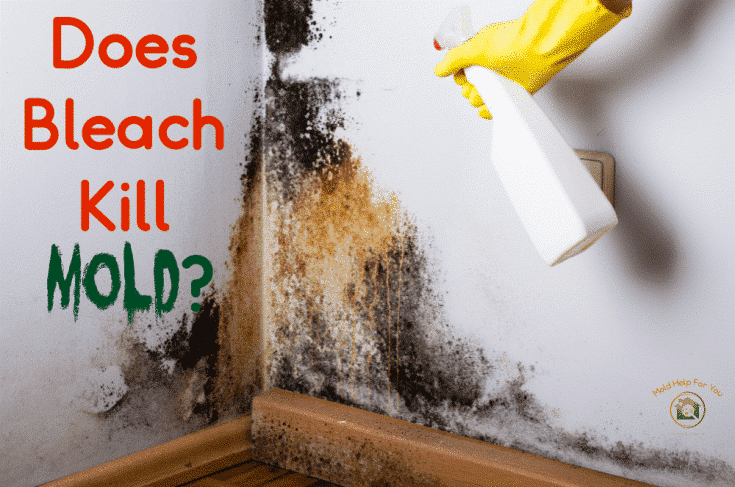

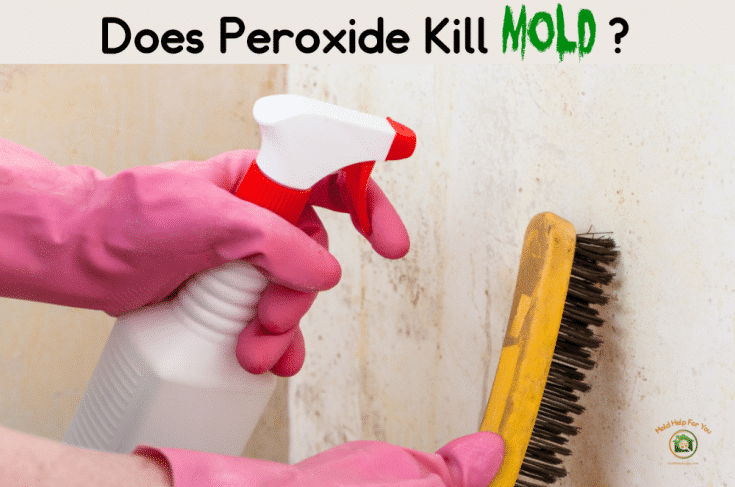
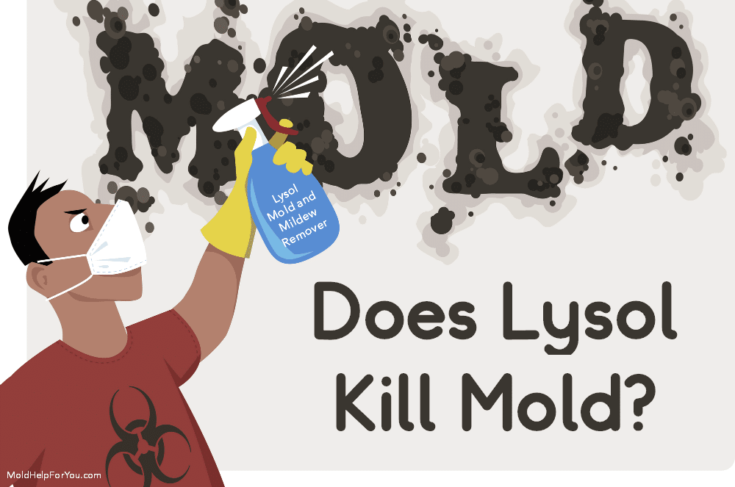

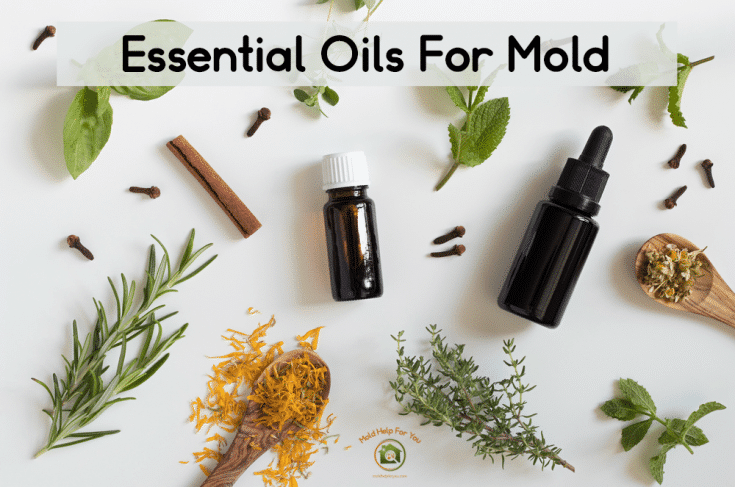
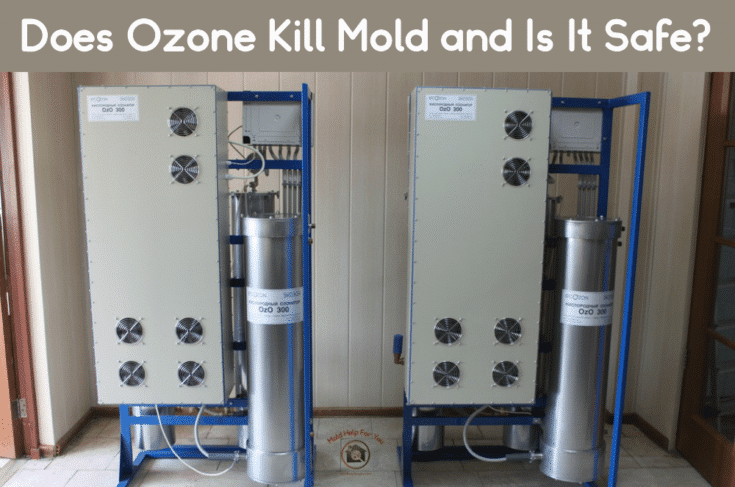
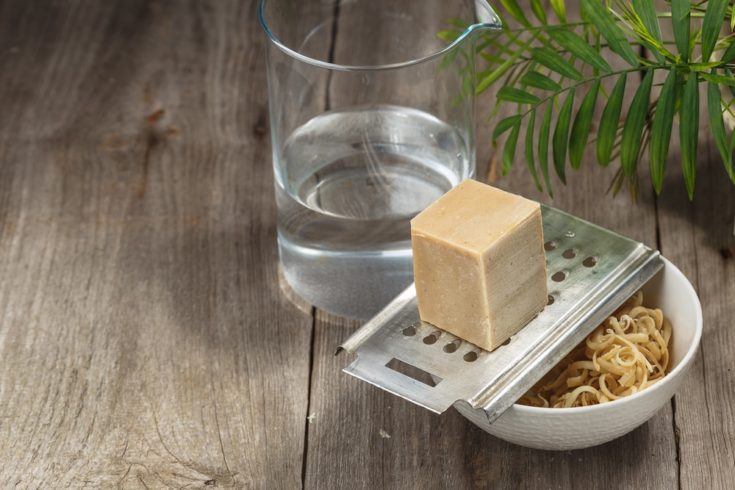
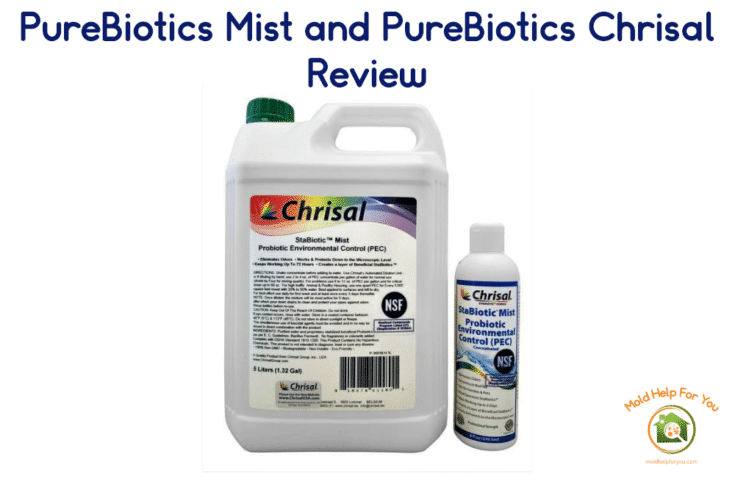
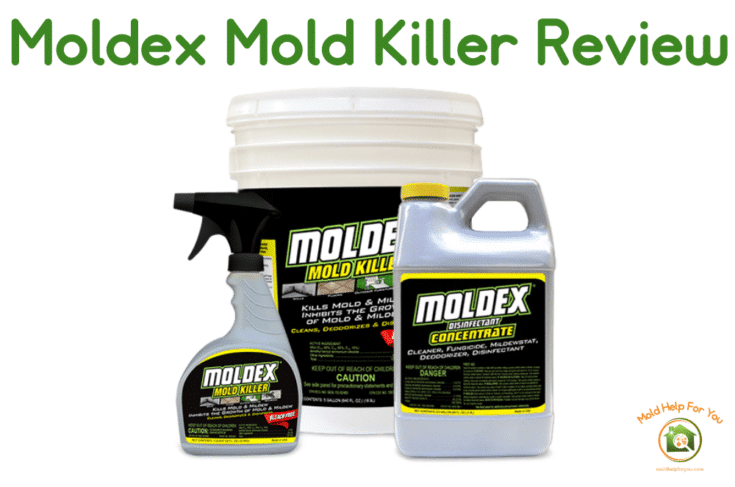
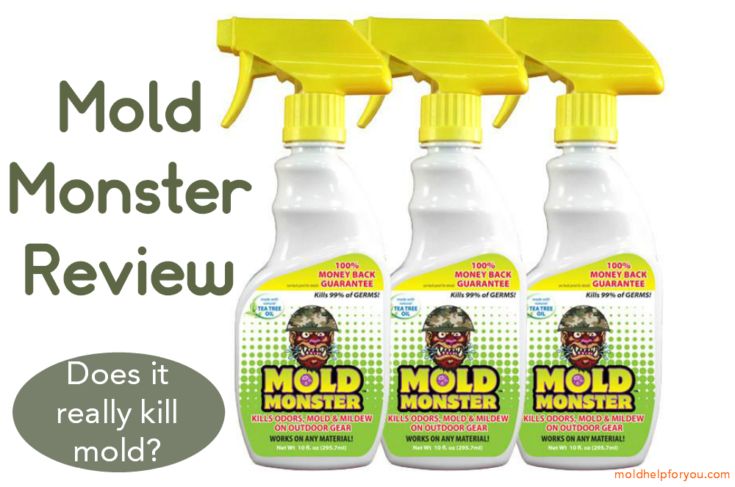
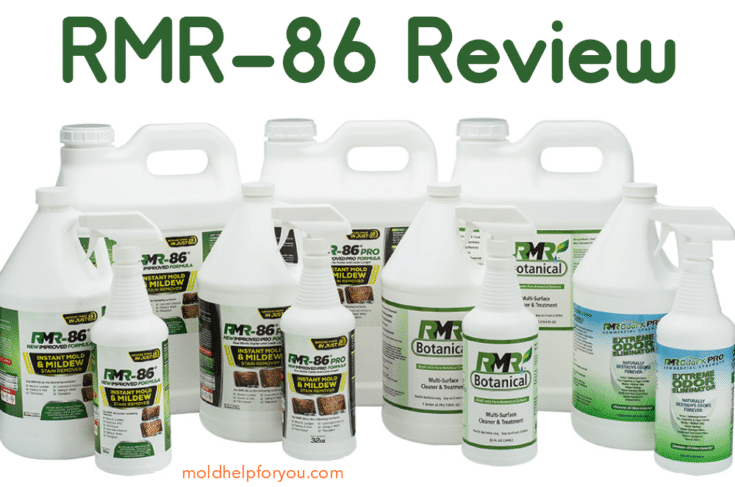
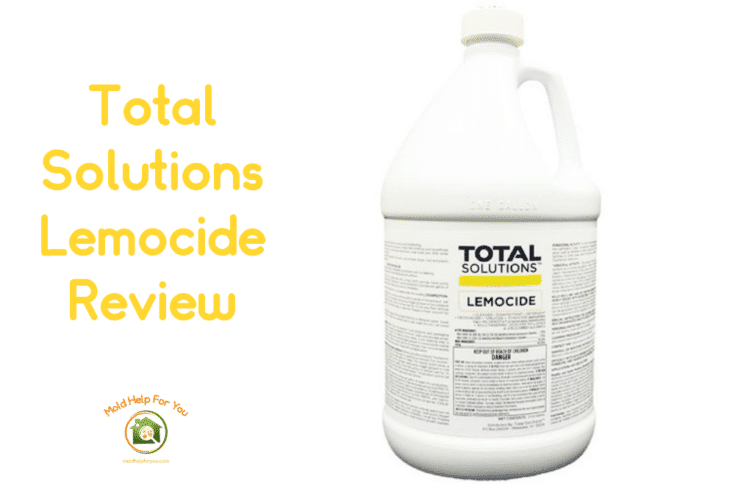
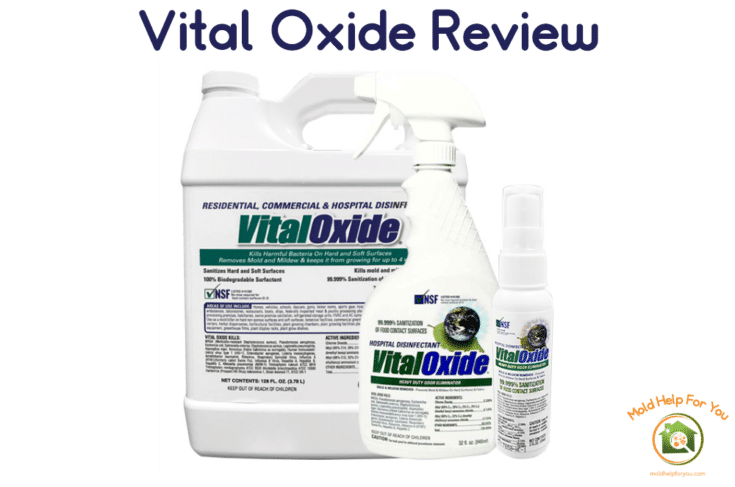
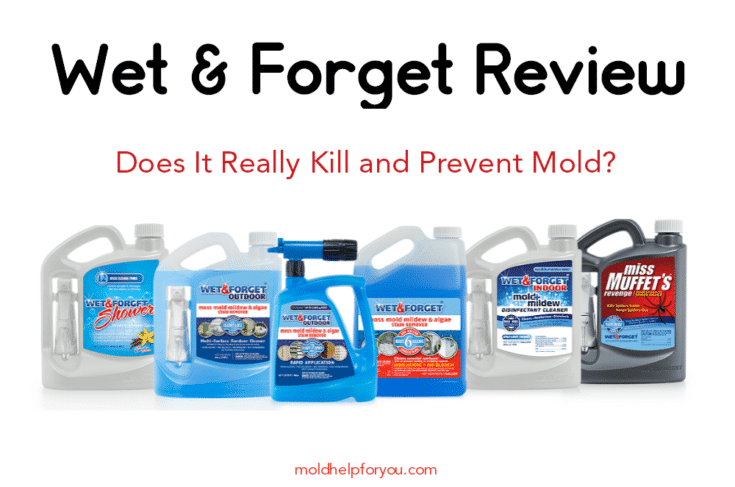
I’m wondering if you’re familiar with Aerosolver? It’s supposed to address mycotoxins if used in a fogger after remediation. I’m thinking of trying it, but it’s expensive.
I am familiar with it but have a lot of questions about the technology. Sadly, the company has not responded to my request for additional information.
How to protect books specially old ones on which fungus/ mould has grown leaving black powdery material probably spores on some particularly the top row in the Almer ah. Kindly suggest some spray to protect these old but good books. Thanks.
Hello! This is actually a great idea for an article. Sadly, once mold is on books it is VERY difficult to save them. To help with your specific situation, are you seeing mold on the book covers, the pages, or both?
how to PX mold of polymeric sand outside?
What does this sentence mean?
They have much better adhesion to off surfaces than acrylic caulk does.
at https://moldhelpforyou.com/mold-resistant-caulk/
Ooops – I think that is a typo. 😉 That should read “odd” surfaces.
Hi Jennifer, we are about to have our crawl space checked and treated for mold. Sporicidin is the product that our contractor says is best use because it is relatively non-toxic. They also intend to “scrub” the wood and other surfaces for removal. Two questions: if Sporicidin was reviewed by MoldHelpForYou, I did not see it. Was it? And if not, why not?
Thanks, Mike
Hi Mike! When time is on my side I do need to review Sporidicin. First, it is generally pretty safe for most people. So in terms of toxicity it is one of the better products out there. Having said that, if you look up studies done on the product, it’s effectiveness is tested against bleach only. Bleach should never be used on mold so this of course makes me wonder a bit about the data. The active ingredients, phenol sodium phenate, is known as a powerful disinfect but for mold, it doesn’t work great on porous surface, i.e. raw wood. Having said that, it tends to be the most widely used product on the market by mold removal professionals and for the most part works decently. Crawlspaces are tricky. I personally use a different approach when safe to do so using a combination of hypochlorus acid and chlorine dioxide. I am happy to give you additional information via email if you would like.